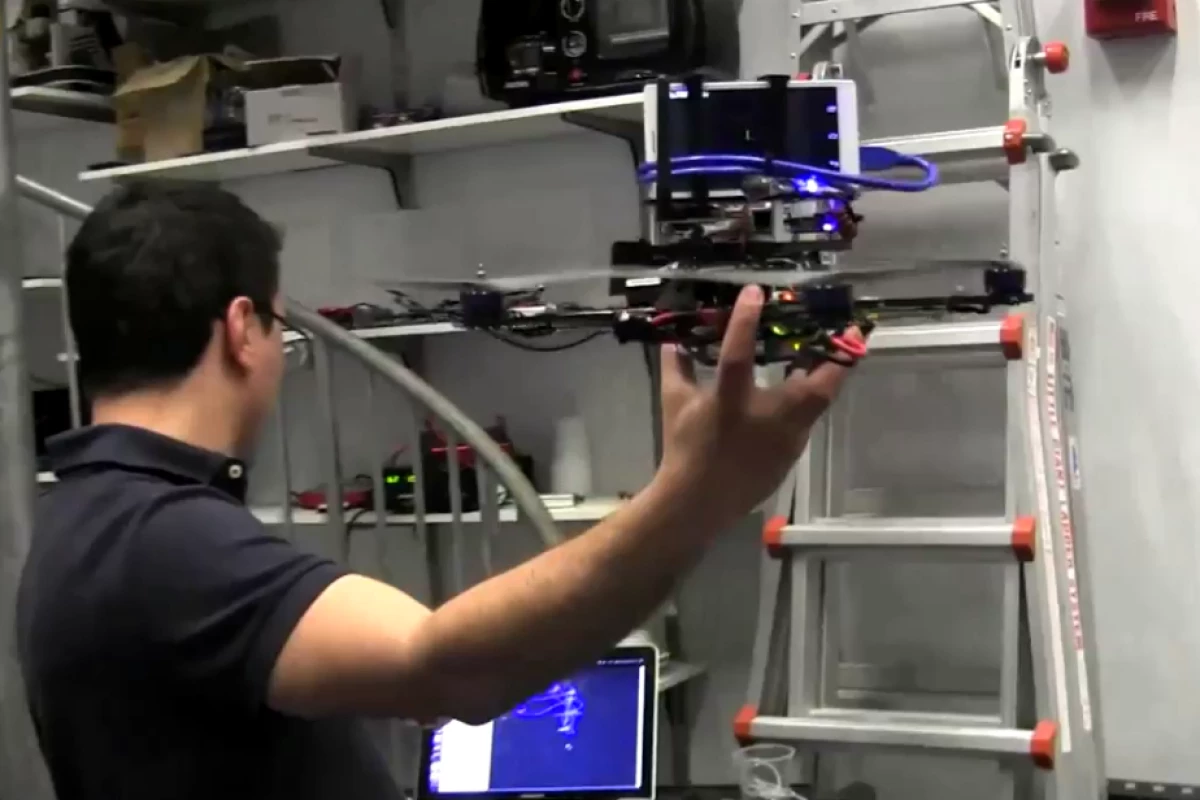We’ve seen a lot of eye- and brain-catching robotics fun from the GRASP lab at the University of Pennsylvania, including a swarm of nano quadrotors playing the James Bond theme and a quadcopter swooping raptor-like onto prey. Dr. Vijay Kumar now gives us proof of concept of the utility of Google’s Project Tango in aerial systems by outfitting a quadrotor with the device to provide autonomous navigational capabilities.
Project Tango is a mobile device built upon the newest advances in computer vision to confer the ability to locate itself in space. Using cameras, depth sensors, and vision processors, the device is able to map a 3D representation of the surrounding world.
Kumar described the setup as “velcro-ing” Project Tango to the quadrotor – in other words, it didn’t take much to integrate the two components. While there aren’t any publications about this project yet (something to look forward to!), the lab created a video demonstrating the quadrotor reacting to various pushes and pulls and returning to its previous place in space. Additionally, it is also able to autonomously navigate from one point to another, detecting walls and the ground and avoiding crashing into either.
The laptop seen in the video is only used for visualization and to assign tasks, that is, there’s no “cheating.” The quadrotor, similarly, only has an inertial measurement unit and no other navigational aids other than Tango.
Referring back to the James Bond performance puts this demonstration in perspective. The orchestral maneuvers required Kumar to outfit each copter and the room with a system of mirrors, infrared lights, and cameras to provide location tracking. Similarly, GPS has its own drawbacks, as you likely have discovered in any big city with tall buildings.
Below is the video demonstrating a quadrotor maneuvering while equipped with Project Tango.
Source: University of Pennsylvania, via IEEE Spectrum





